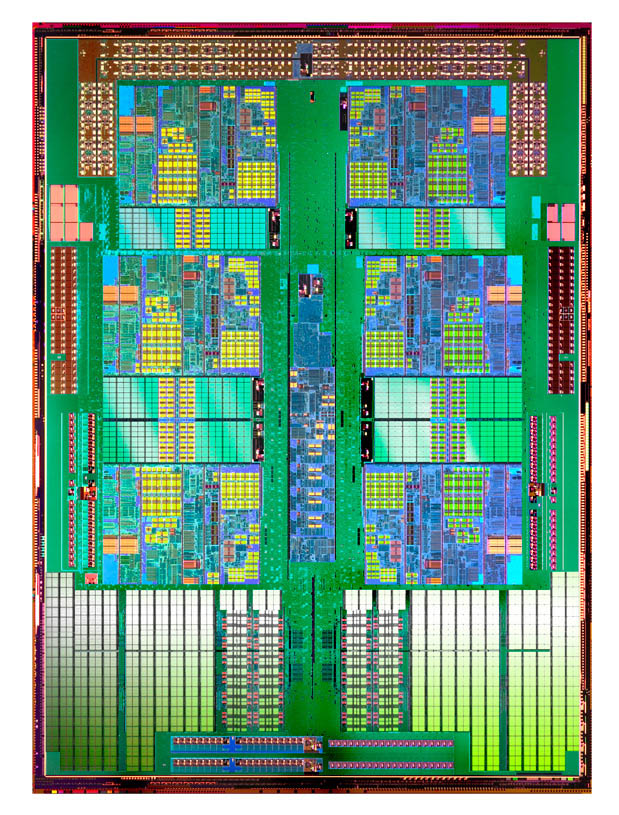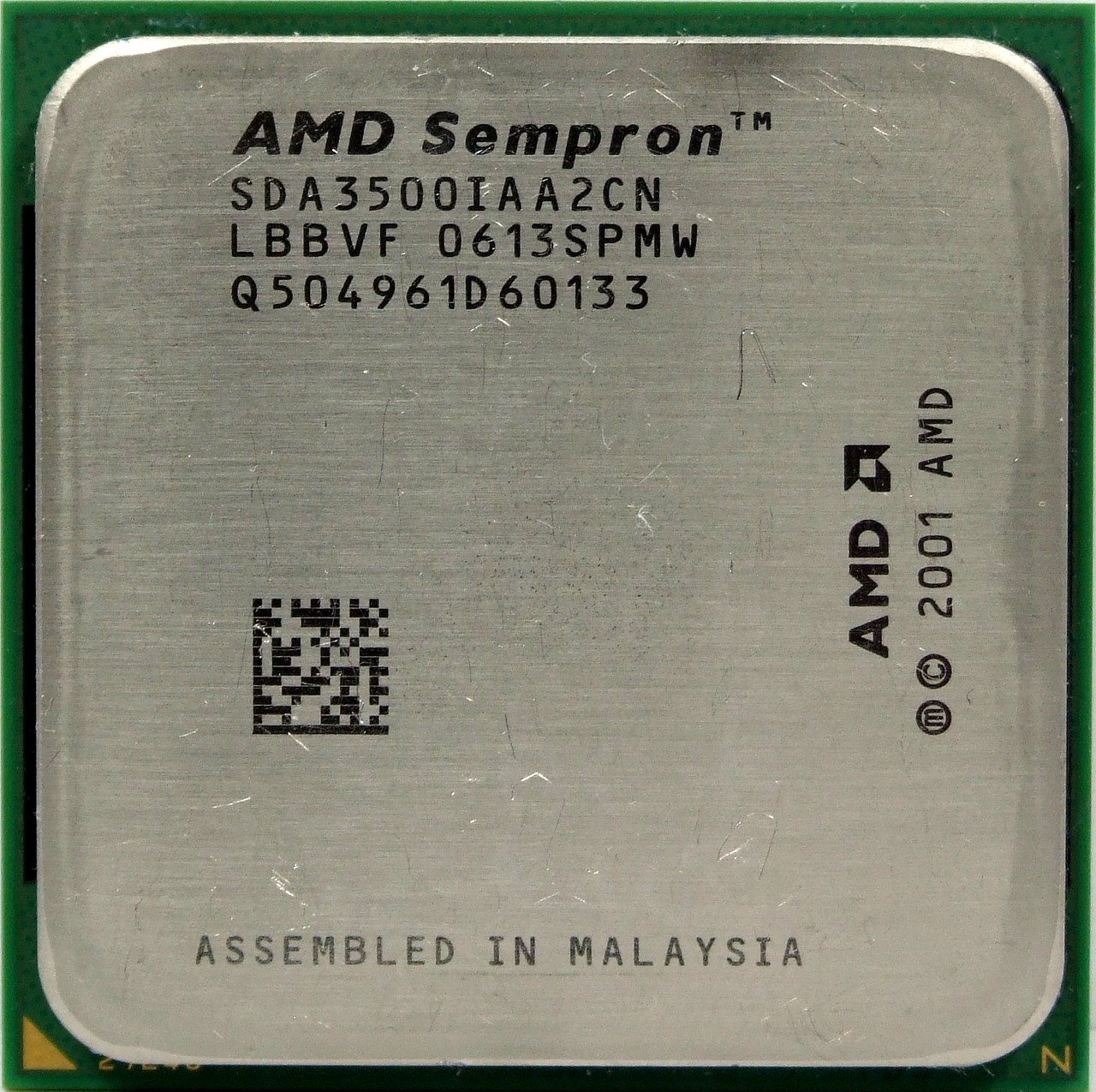Six New Athlon II CPUs: AMD Impresses With Switch And Bait
AMD turns the bait-and-switch tactic upside down for the second time in four months, offering faster CPUs at existing price points. We explore the company's seven new models and discuss the processor lineup in a more general manner.
AMD Knows How To Play Its Hand
I have two statements to make, and while some folks will feel compelled to argue the finer points and focus on specific exceptions, I think that they hold up quite well:
- Intel has a notable lead when it comes to the highest available CPU performance for the consumer PC, and...
- AMD has a notable lead when it comes to budget CPU price/performance value.
We're almost halfway through 2010, and Intel dropped the Gulftown hexa-core bombshell on us a few months ago. If you've seen the benchmarks, you know that when it comes to well-threaded applications there's not much competition for the Core i7-980X Extreme.
You also know that there's no comparably priced ~$1,000 CPU from AMD, a company that offers its top-of-the-line six-core Phenom II X6 1090T CPU to the public for about $310. Actually, there's not much competition for this CPU from Intel either, as the -980X is the lone hexa-core consumer desktop processor in its lineup. AMD, on the other hand, does sell a lower-priced six-core option, the $205 Phenom II X6 1055T.
Once you duck under the $200 mark, AMD and Intel both offer compelling competition. At the $125 price point, Intel's Core i3-530 and AMD's Athlon II X4 635 go head-to-head. These two processors give us a good match-up, with the Core i3 employing a newer, more efficient 32 nm process and two physical cores enhanced by Hyper-Threading technology, while the Athlon II X4 proffers a quartet of execution cores and a relatively high stock clock rate.
AMD hits the hardest at $125 and less. The company offers a number of sub-$110 models that are simply uncontested by Intel: the $100 Athlon II X4 630 is another quad-core CPU priced very aggressively for the budget-conscious workstation users and multitaskers. Under $90, there's the Athlon II X3 440 with a combination of three CPU cores and a high 3 GHz clock speed, ideal for budget gaming rigs and snappy desktop productivity. And under $80, a buyer can have an Athlon II X2 255, with two CPU cores running at 3.1 GHz (fast enough for a relatively-quick desktop tasked with Web surfing and a majority of other mainstream apps).
AMD also has a solid upgrade path in place. Socket AM2+ boards have been available since the beginning of 2008, yet the brand-new Phenom II X6 processors will work in many of these platforms, so long as the manufacturers support them in a BIOS update. As convoluted as the AM2/AM2+/AM3 socket interfaces seemed at their introduction, the strategy is undeniably a boon to the folks who don't want to have to buy a new board every time they upgrade. While Intel has moved between LGA 775, 1366, and 1156, the AM2+ user has had the option to employ anything from the now-ancient Sempron to the Core i7 contender, Phenom II X6.
Of course, we're not saying that Intel has nothing to be proud of; the technology crown is a very splendid thing to wear. And it would be irresponsible to ignore LGA 1156's attractive upgrade path from the lowly Pentium G6950 to the Core i5-750 to the Core i7 860 and 870--CPUs that can certainly compete with AMD's top-of-the-line Phenom II X6 in a great number of applications.
Get Tom's Hardware's best news and in-depth reviews, straight to your inbox.
The point is that AMD is making the best of its current hand, and doing a fair job at competing with Intel's lineup using compelling prices. Even more to the point, AMD is keeping the pressure on by releasing a whole new lineup of Athlon II CPUs today. The best part is that all of these new, faster models will adopt the same price points as their predecessors.
Current page: AMD Knows How To Play Its Hand
Next Page New AMD Athlon II CPUs: The Switch-And-BaitDon Woligroski was a former senior hardware editor for Tom's Hardware. He has covered a wide range of PC hardware topics, including CPUs, GPUs, system building, and emerging technologies.
-
zehpavora What I could get from this was that AMD sells a long lasting processor (its technology is in the market for some time) for less money. Since this processor has a history, it performs in a very bad way compared to Intel's same level processors.Reply
However, to keep everything at lower prices, AMD bumps the core speed a little so you still use older technology, but it's faster.
Don't get me wrong, I rather use more money to buy a state of the art processor than buying something that is technologically old for a good price. Why? Because there is no point in saving money to perform less.
I'm not a fanboy. I'm just stating the things I think and the things I could get from the article. If people needed a "faster core" like that, they could easily get a overclock. Even though a lot of people don't know what it is...
In the budget side, AMD has the crown. But it is still under Intel's shadow in the performance showdown. -
babybeluga "I'm have two statements to make"Reply
You're kidding...first sentence of the entire article...
-
Dekasav So, zehpavora, you run the $1K 980X, right? 'Cause, there's no point in saving money to perform less.Reply -
flyinfinni There are a number of mistakes in the clock speeds, but thats ok- I'm just happy they keep releasing faster CPU's for the same price as the older ones! :-)Reply


